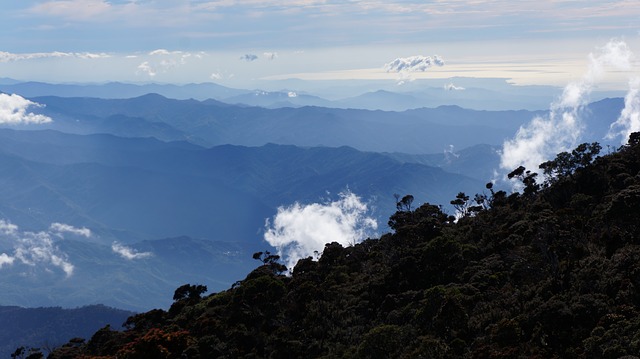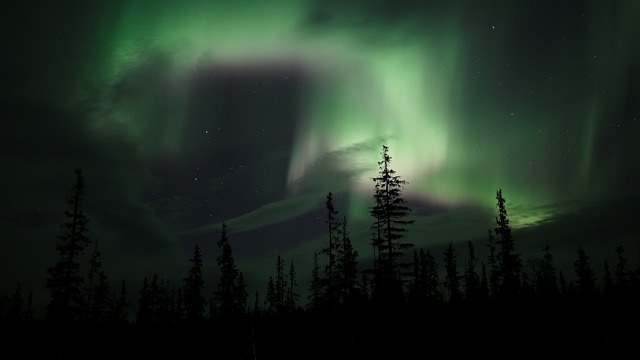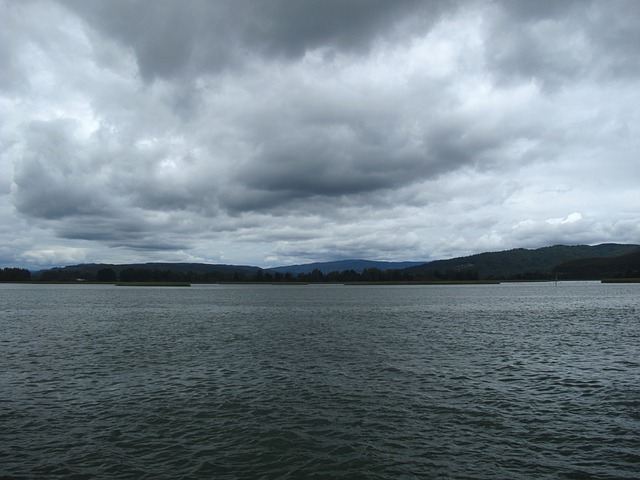
COP26: These are the seven most important jungles and forests in the world
These are the seven wonders of nature that urgently need protection if humans want to face down global warming.
While several of the leaders and actors responsible for pollution and deforestation in the world are meeting in Glasgow, making promises and giving their best face to the difficult climate crisis, in recent days, several commitments have come to light that announce immediate protection for the forests and jungles of the world.
Hoping that they will quickly go from words to actions, here are some of the most important ecosystems that could benefit the most.
At 7 million square kilometers, the Amazon is the largest tropical forest in the world. Distributed across nine countries (Brazil, Peru, Bolivia, Colombia, Venezuela, Ecuador, French Guyana and Suriname), it is an important carbon receptor and home to immense biodiversity. Extensive logging and ranching have become its main threats.

This forest in Africa is one of the oldest and thickest of its kind on the planet, and home to several of the most iconic animal species in the world, such as chimpanzees, gorillas, tigers and elephants. The presence of minerals exploited by man in this important lung of the planet, such as oil and gold, have led scientists to establish 2100 as a probable date of death for the natural sanctuary.

It is estimated that this forest, located throughout Brunei, Indonesia and Malaysia, has existed for more than 140 million years. It is home to several endangered species, such as the Sumatran rhinoceros and the red orangutan, which, like other wild species, have become targets of illegal trade thanks to indiscriminate logging, which has allowed traffickers to gain access to areas previously safe for the species.

This coniferous forest, located in eastern Russia and home to the iconic Siberian tiger, as well as other vulnerable species, presents conditions of a tropical climate in the Summer and an arctic climate in the Winter. Despite being located in an area far from urban centers, logging is also a threat to its existence.
RELATED CONTENT

This is a sub-arctic forest that spans much of Russia and Scandinavia. Because it is composed mainly of coniferous trees, it has become a desirable target for those dedicated to logging. These types of ecosystems, located in the vicinity of the Arctic Circle, are very important for the oxygenation and cooling of carbon that affects the planet.

A similar forest to the Taiga, but located in the subarctic zone of North America between Alaska and Quebec, where the forests extend for a third of the country. Although 94% of these natural reserves are controlled by the government, less than 10% are protected, leaving them exposed for paper manufacturers to cut down at least 4,000 square kilometers each year.

Located on a strip of the western slope of the Andes and the Pacific Ocean, it is home to coihues and Patagonian larches, long-lasting, slow-growing trees. As with other nature reserves, these endemic forests are threatened by the timber industry, which has been replacing local species with fast-growing plants that threaten the biodiversity of the area.
Since COP26 has brought protection to these forests and jungles, both with economic resources so local communities can take care of these paradises, as well as to stop investments and support for industries that promote logging and harmful energy production.











LEAVE A COMMENT:
Join the discussion! Leave a comment.